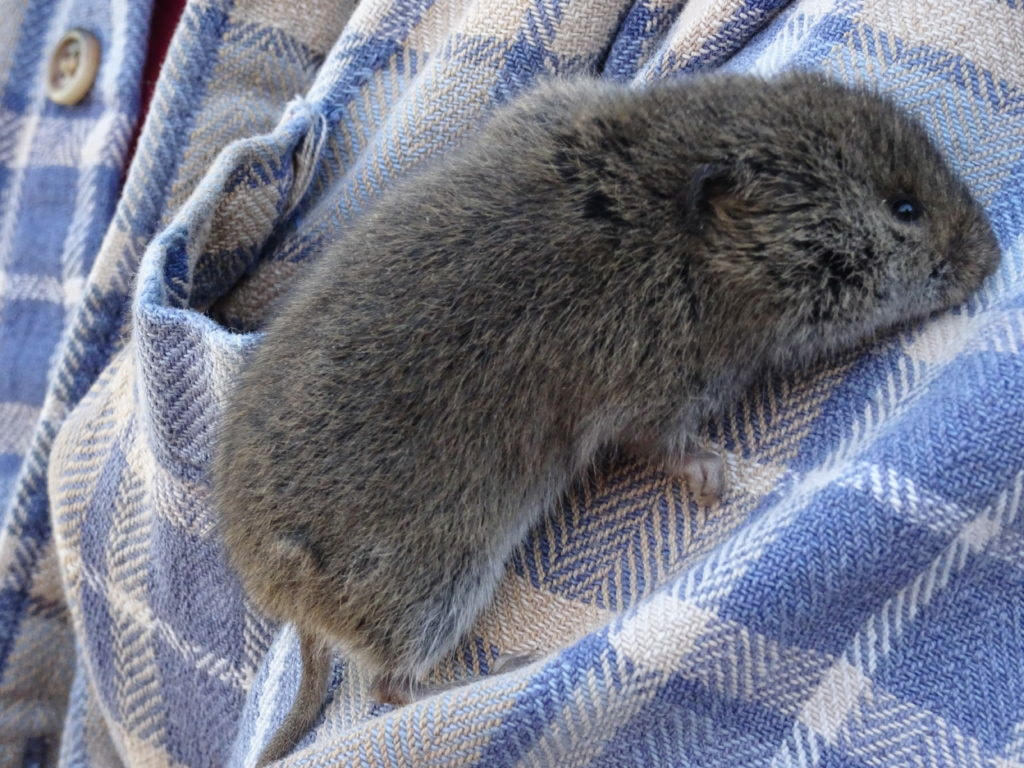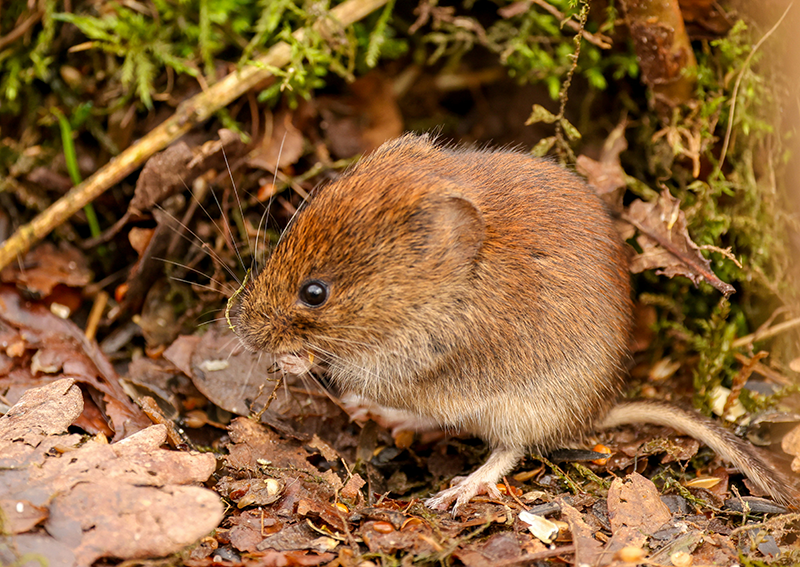Vole Control Tips to Protect Your Lawn and Gardens
Vole Control Tips to Protect Your Lawn and Gardens
Blog Article
Comprehensive Overview to Reliable Vole Insect Control: Problem Recognition and Therapy Methods
In the realm of effective bug control, vole infestations position an unique obstacle that requires a critical strategy. These small rodents, often mistaken for mice, can damage yards, grass, and plants if left untreated. Determining the indicators of vole existence and executing targeted therapy methods are essential elements of an effective insect management strategy. By checking out the subtleties of vole behavior, recognizing vital indicators of infestation, and assessing a range of control choices, one can develop a thorough approach to deal with these evasive bugs.
Comprehending Vole Actions
Vole habits is identified by their burrowing practices and rapid recreation prices, making them a challenging parasite to manage properly. These small rodents generally produce detailed passage systems underground, utilizing them for sanctuary, food storage, and transportation. Voles are herbivores, taking in a selection of plants, yards, bulbs, and origins, which can cause considerable damages to yards, orchards, and grass. Their quick reproductive rate additional complicates control efforts, with females capable of producing multiple clutters in a single year, each containing several offspring.
Understanding vole actions is critical for effective pest control approaches. By determining their burrow areas, keeping track of feeding areas, and carrying out targeted control methods, such as trapping or environment modification, vole problems can be managed efficiently.
Signs of Vole Invasion

Avoidance Approaches
Executing effective avoidance strategies is essential in decreasing vole problems and guarding plant life from their destructive feeding habits (vole lawn damage). To avoid vole infestations, it is necessary to start by eliminating possible food sources and sanctuary. Keep yard and greenery trimmed short, remove weeds and particles, and maintain a tidy yard or grass to make the area much less eye-catching to voles. Mounting barriers such as hardware towel or underground fencing can additionally help prevent voles from going into certain areas. Furthermore, minimizing excess moisture by fixing leaking pipelines and making sure correct drainage can make the atmosphere much less hospitable for voles.
Frequently examining the go to this web-site home for indicators of vole task, such as runways and burrow openings, is important for early discovery and timely activity. If vole task is presumed, think about making use of repellents or catches tactically positioned near their pathways.
Non-Lethal Control Approaches
To efficiently handle vole populaces while prioritizing gentle approaches, non-lethal control techniques use functional solutions for reducing vole damage in gardens and landscapes. These obstacles can be hidden at the very least 12 inches bent and deep at a 90-degree angle to protect against voles from delving underneath.

Lethal Control Options
One effective approach for attending to vole problems in yards and landscapes involves the critical use of dangerous control options. When encountered with a serious vole infestation that non-lethal approaches have fallen short to consist of, executing dangerous control actions ends up being crucial. On the whole, when employing lethal control alternatives, it is important to do so sensibly and in accordance with regional policies to effectively handle vole infestations.
Verdict
In verdict, efficient vole parasite control requires a detailed understanding of vole Check Out Your URL actions, identification of indications of problem, implementation of prevention approaches, and utilization of both dangerous and non-lethal control approaches. By incorporating these methods, people can properly manage vole populaces and safeguard their property from damage. It is essential to attend to vole problems promptly to avoid additional issues and decrease the effect on the surrounding setting.
Offered the detailed passage systems and quick recreation prices particular of voles, identifying the signs of vole invasion ends up being necessary in efficient insect control. One of the main signs of vole existence is the existence of surface area runways or trails in grass or snow, generally about 1-2 inches large, developed as voles take a trip between their burrows and food sources.To effectively manage vole populations while focusing on gentle techniques, non-lethal control strategies offer practical remedies for minimizing vole damage in landscapes and yards.One efficient method for addressing vole invasions in landscapes and yards includes the tactical usage of dangerous control choices. vole control.In verdict, effective vole parasite control needs an extensive understanding of vole actions, identification of indicators of invasion, implementation of avoidance techniques, and use of both non-lethal and dangerous control methods
Report this page